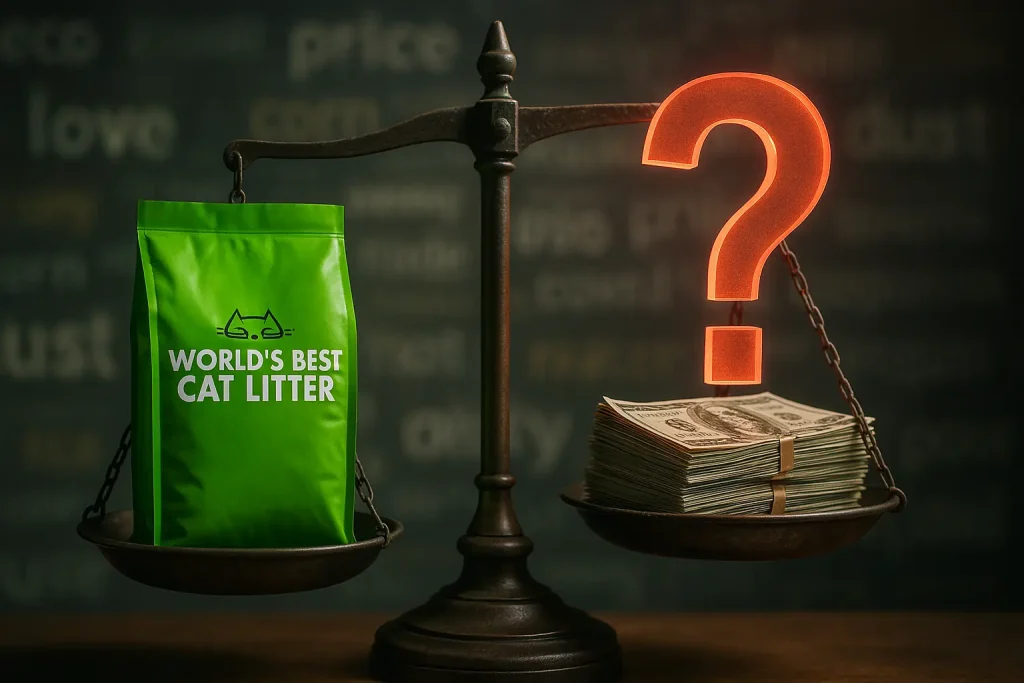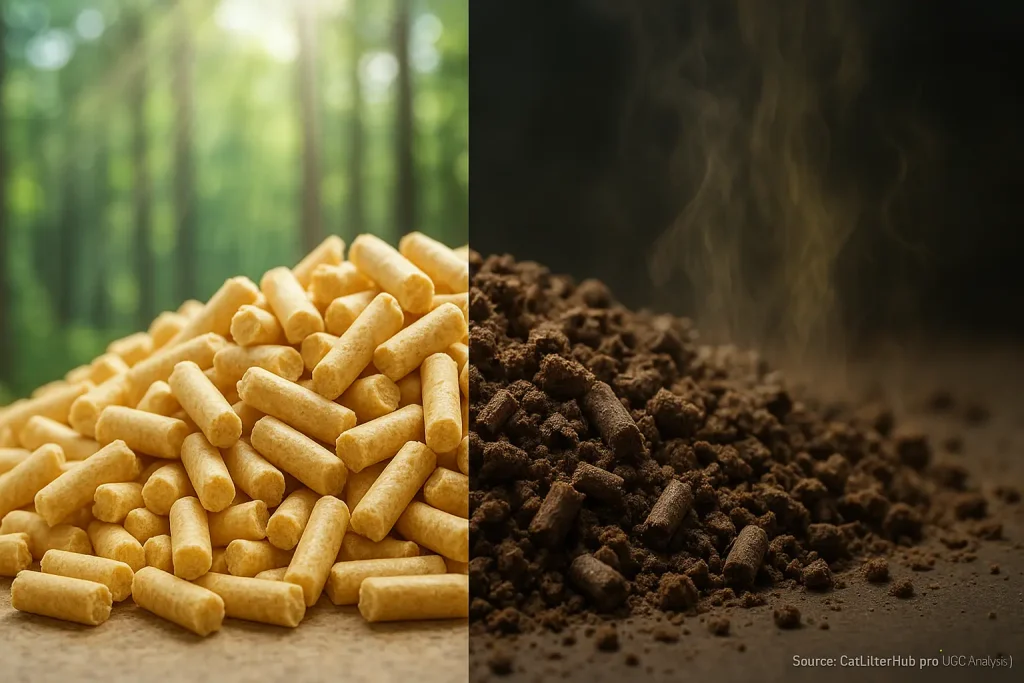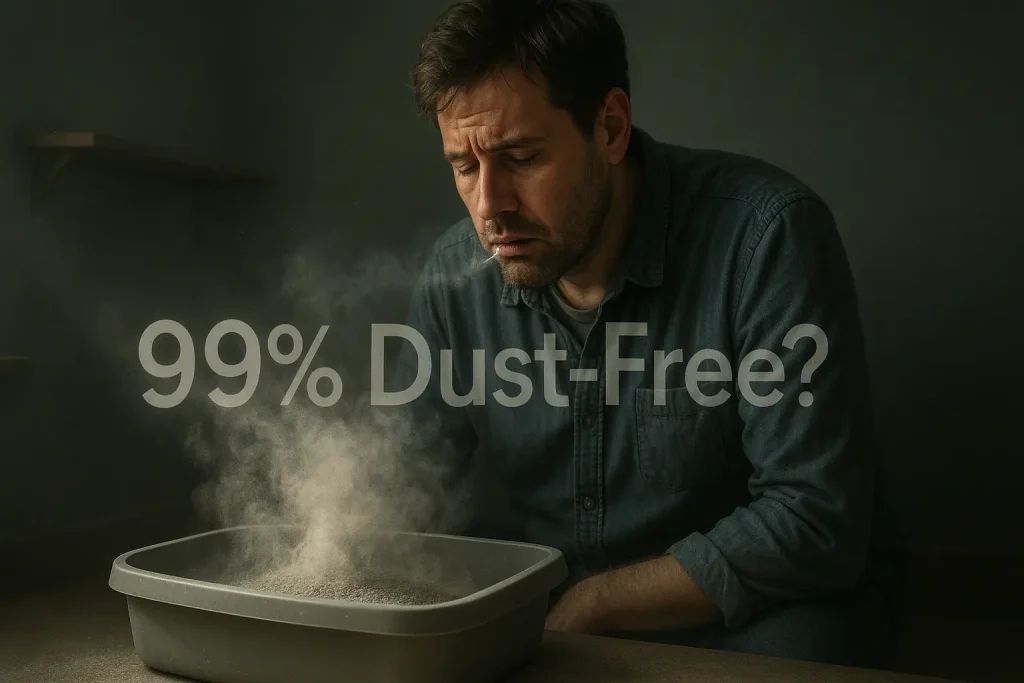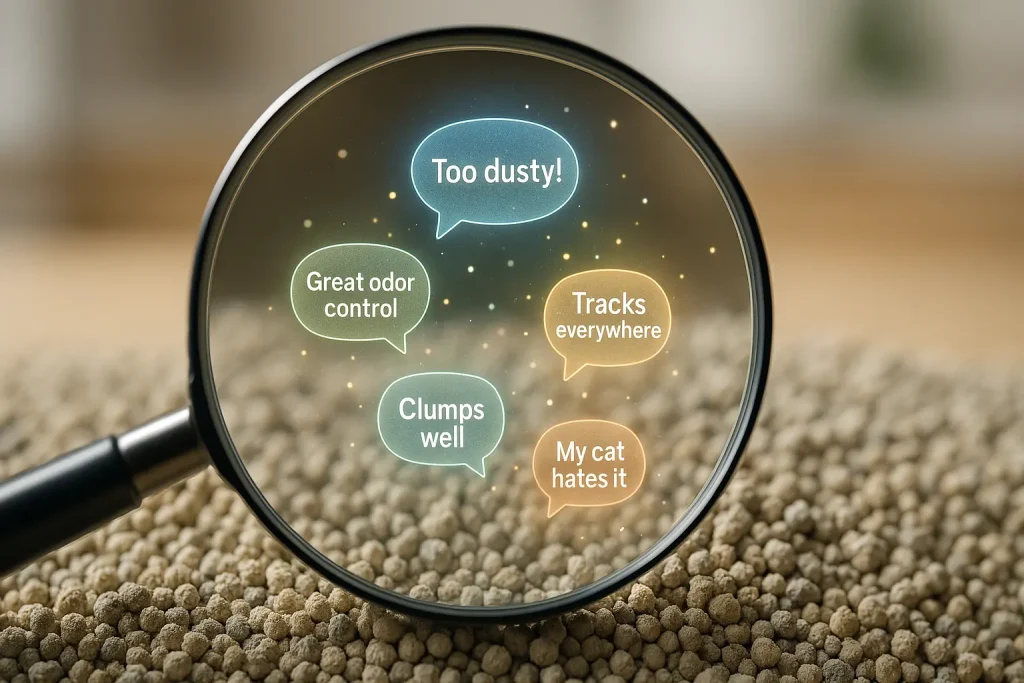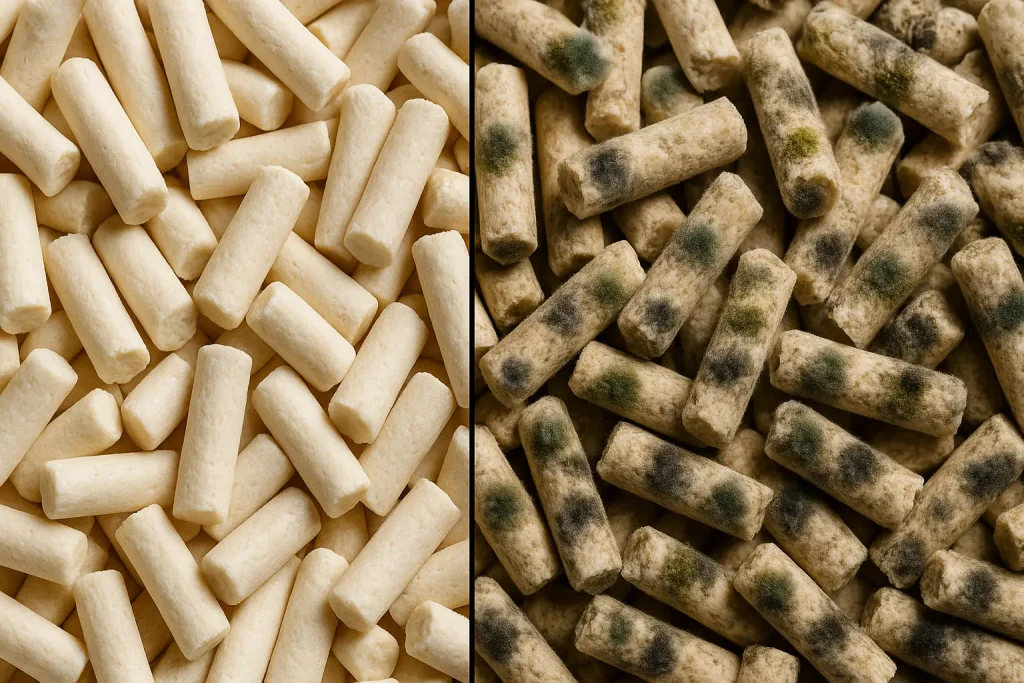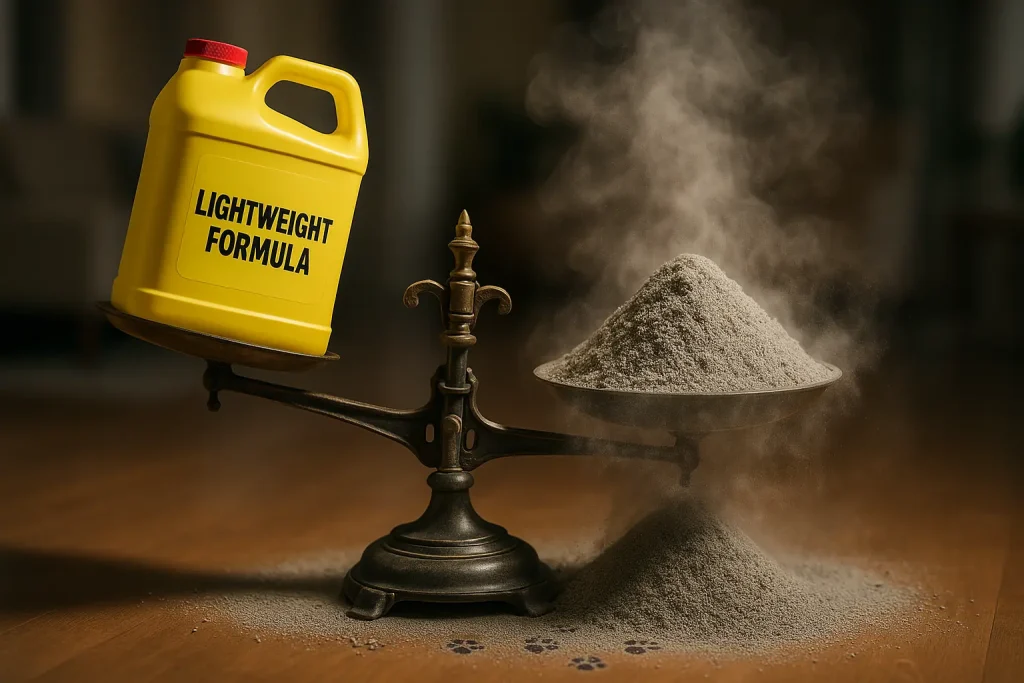The Landfill Mountain: What Really Happens to Used Clay & Silica Litter?
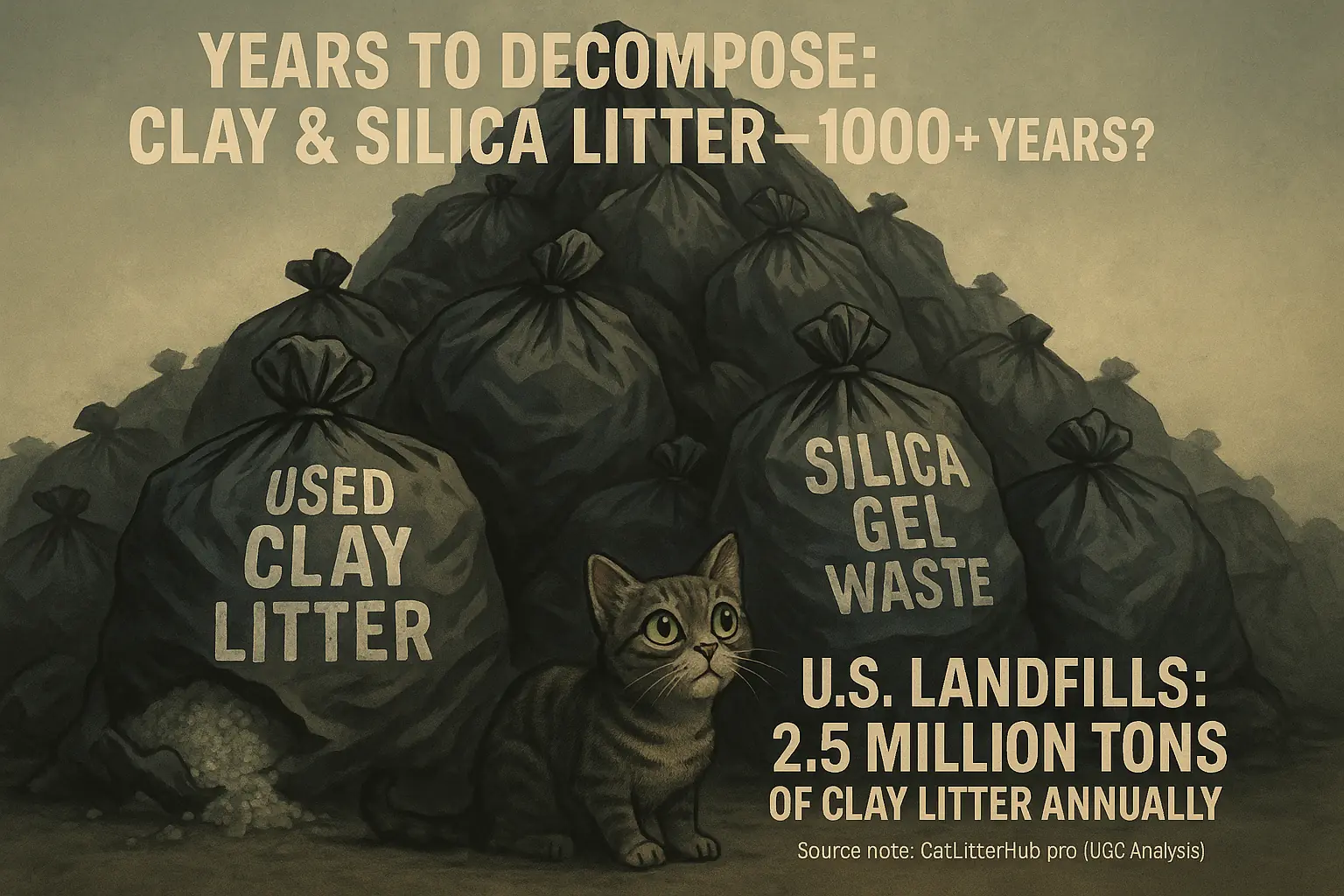
Ever wonder where all that used clay litter goes? Imagine every single bag you've tossed. It's still out there. Pretty much unchanged. Bentonite clay, the primary component in most clumping litters, simply doesn't biodegrade. Silica gel litters share this stubborn persistence in the environment. These materials accumulate.
Approximately 2.5 million tons of clay cat litter enter U.S. landfills each year. This discarded litter becomes a permanent fixture. What most owners don't realize is that their used litter contributes significantly to dwindling landfill space. Every scoop, every bag adds to a mountain of waste that will exist for an incredibly long time. This is the 'forever waste' reality.
The problem deepens. Organic waste – your cat's poop and urine-soaked clumps – gets entombed within these non-biodegradable clay or silica matrices. Landfills compact this mixture. Oxygen disappears. Anaerobic decomposition then begins, a process that generates methane. Methane is a powerful greenhouse gas, far more potent than carbon dioxide in the short term. The startling reality, often hidden from consumers, is this secondary environmental burden from seemingly innocuous litter.
"Biodegradable" & "Compostable" – The Greenwashing Reality Users Face
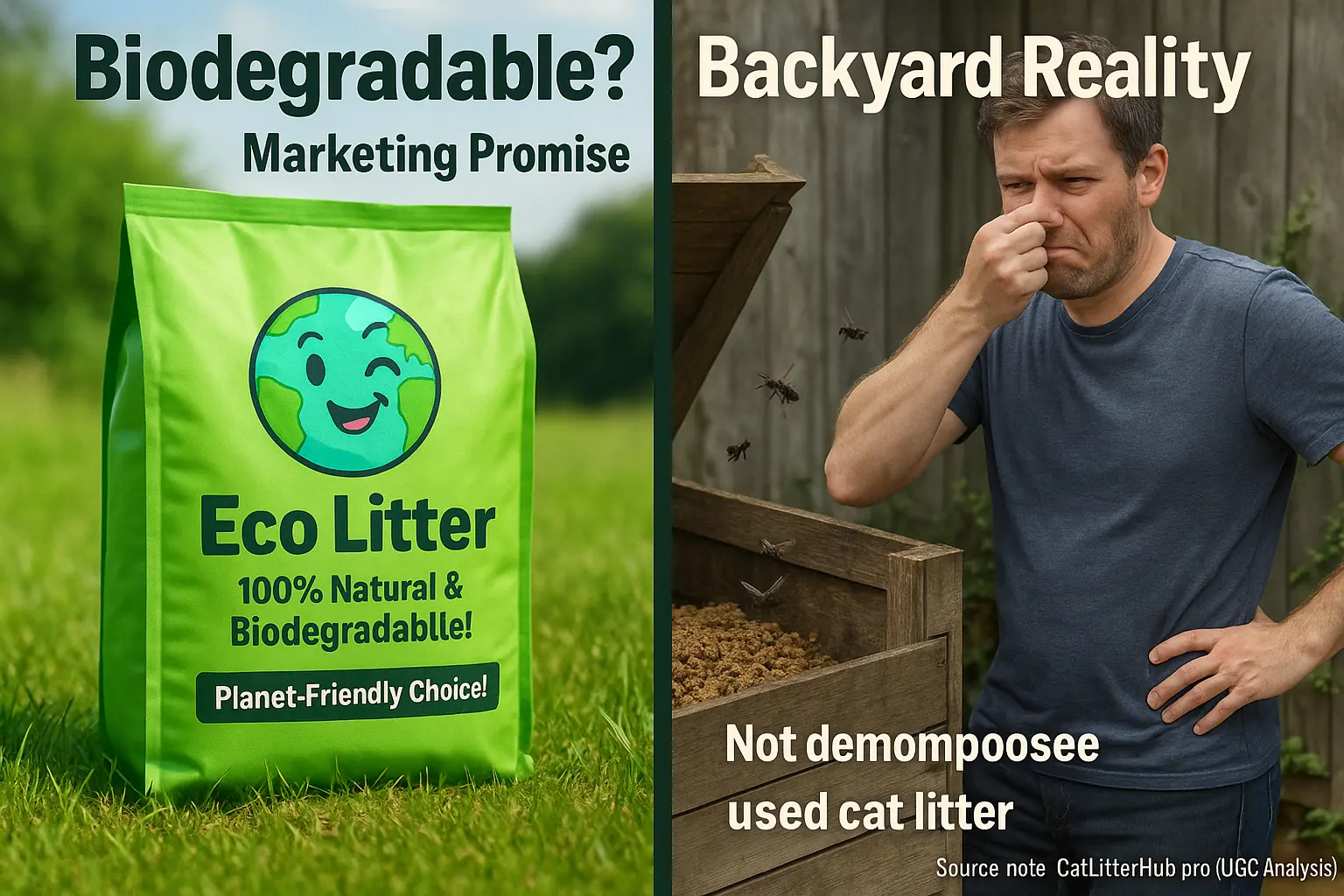
One common story echoes through forums. A cat owner buys 'eco-friendly' pine litter. They try composting it. A year later? A pile of woody, smelly mulch remains. It stubbornly resists breaking down. This experience highlights a frequent user complaint our analysis of cat owner discussions reveals. Many 'biodegradable' natural litters, such as wood or corn, actually require industrial composting facilities. These facilities achieve very high temperatures. Most communities lack such access. The green dream often fades.
Home composting cat litter presents significant hurdles. User reports frequently detail extremely slow decomposition for many natural litters. Pathogens from cat feces pose a real risk to health. These can contaminate garden soil if the compost is used on food crops. Pests, like rodents and flies, also become unwelcome visitors to these slow-moving piles. The promised 'earth-friendly' solution frequently turns into a backyard headache, a sentiment echoed in numerous online accounts.
The term 'compostable' on litter packaging frequently misleads consumers. What does it truly mean for your backyard pile? Without clear conditions specified, it’s a vague promise. Many owners, trying to do the right thing for the planet, feel duped by these claims. They purchase these litters with high hopes. The reality of difficult, sometimes impossible, eco-friendly disposal then hits hard. This gap between marketing and practical application is a classic greenwashing scenario our deep dive into user data uncovers repeatedly.
Even 'flushable' claims for some natural litters, like certain paper or wheat types, cause significant user problems. Our review of user feedback shows many report plumbing issues after flushing. Old pipes, common in many homes, cannot handle the load. Municipal wastewater systems also face strain from materials not designed for them. The convenience advertised often clashes with real-world infrastructure limitations, a frustration voiced by countless cat owners. What seems eco-friendly can create new environmental or household burdens.
The "Flushable" Litter Pipe Dream: Septic Nightmares & Waterway Worries
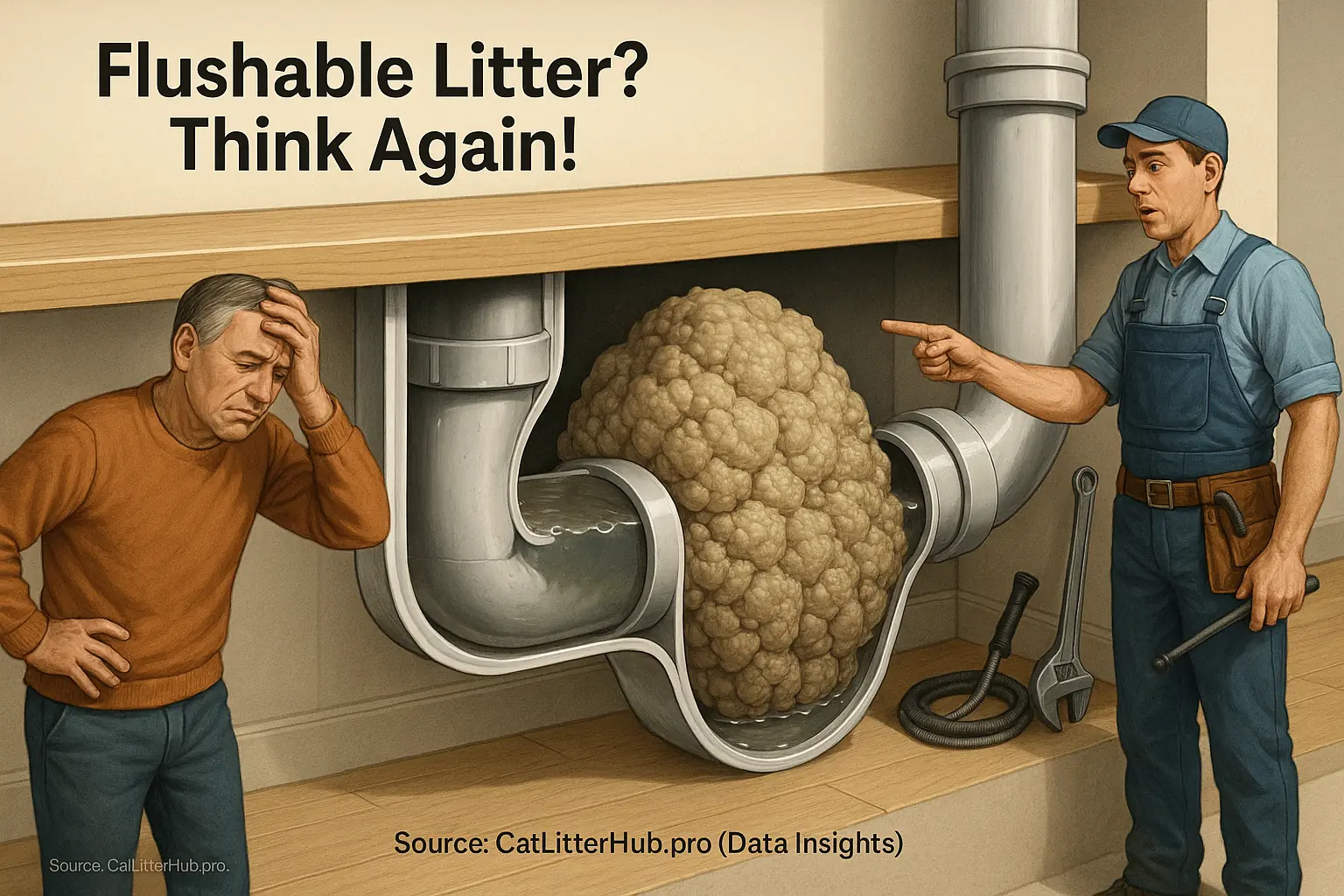
One owner reported an $800 plumber visit. They thought 'flushable' meant problem-free. They learned about 'litter-bergs' in their pipes the hard way. This costly repair highlights a widespread issue many cat parents face. Manufacturers' claims about 'flushable' cat litter can be dangerously misleading. The 'pipe dream' often becomes a plumbing nightmare.
Our analysis of extensive user feedback reveals 'flushable' litters frequently cause severe plumbing blockages. These products, even those marketed as 'biodegradable,' simply don't break down fast enough within your home's pipes. Septic systems are particularly vulnerable. Flushed litter accumulates, potentially leading to catastrophic system failure, a mess nobody wants. Wastewater professionals consistently warn against flushing any type of cat litter for these reasons.
The problems extend beyond your property line, impacting shared water ecology. Cat feces can contain Toxoplasma gondii, a resilient parasite. Standard wastewater treatment processes, as confirmed by environmental health sources, may not effectively remove this specific pathogen. This parasite then contaminates waterways, posing a documented threat to marine animals like sea otters. Flushing also wastes precious clean water, an unnecessary environmental burden.
So, what's the safest approach for your cat's waste? The overwhelming consensus from user experiences is clear. No cat litter is truly safe to flush. Protecting your plumbing, your septic system, and our environment means choosing responsible disposal. Bagging and trashing used litter remains the only genuinely safe method, a practice echoed by countless owner experiences and advisories from water companies.
User-Sourced Wisdom: Smarter, Greener Litter Disposal Habits That Actually Work
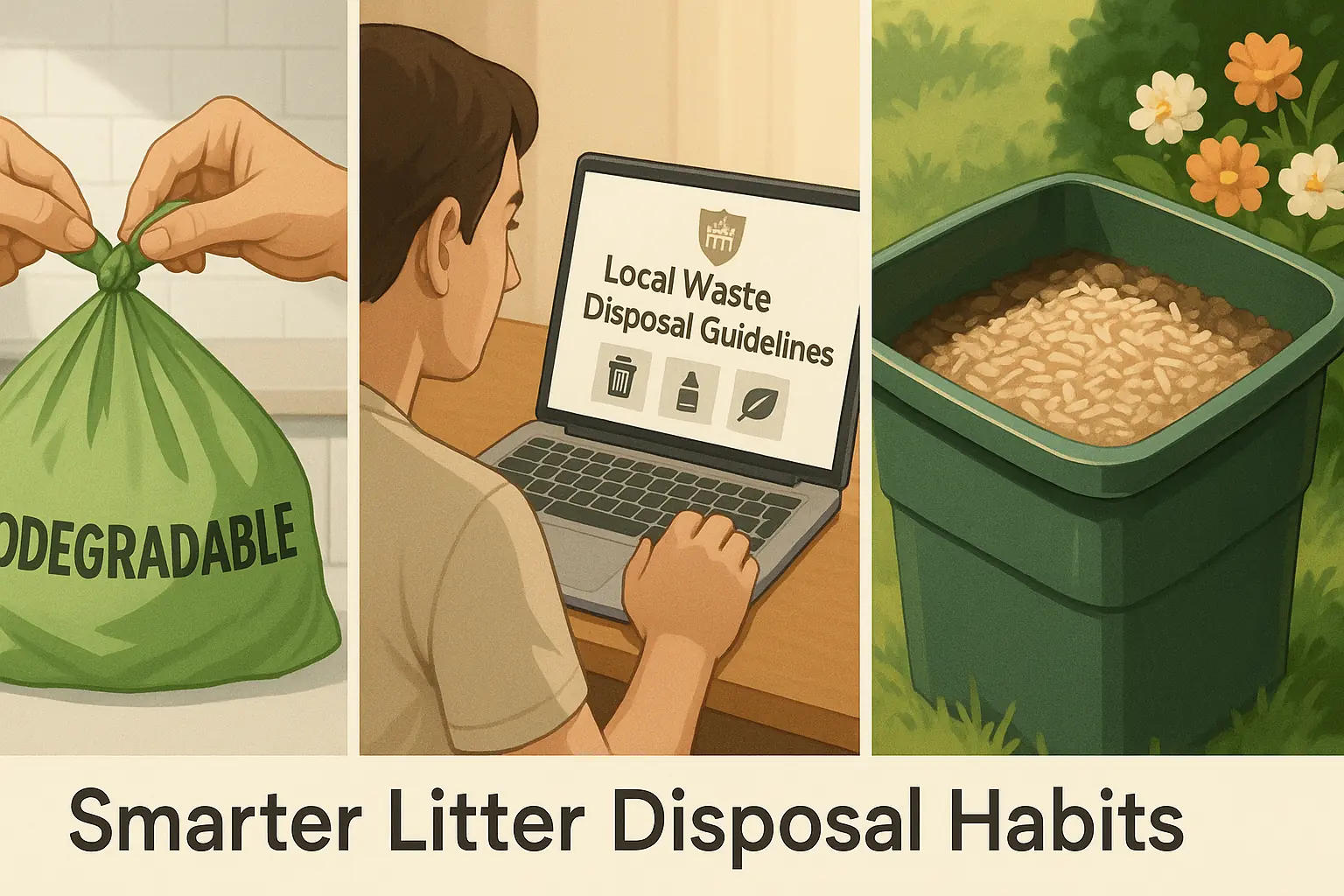
Many cat owners seek smarter litter disposal. One user shared a clever system. They minimize clay litter waste using biodegradable bags. They also check local disposal guidelines. This small eco-win feels genuinely good, according to their feedback.
Clay and silica litters require secure containment for landfill disposal. A lot of owners recommend strong, preferably biodegradable, bags. One cat parent shared, "I always double-bag my clay litter and tie it tight. Feels a bit better than just dumping it loose." This simple action helps prevent messy leaks. Your local city or county waste management rules are paramount. Always check their specific instructions for cat litter. Some areas have unique requirements.
Composting cat litter? It’s a complex topic. Some experienced gardeners report carefully composting very small amounts of purely plant-based litters. This means wood, paper, or grass litters only. Absolutely NO cat feces should ever enter these compost piles. Pathogen risk from pet waste is a significant concern. This method demands extensive knowledge and extreme caution. It is only potentially suitable for non-edible ornamental gardens. When in doubt, landfilling remains the safest option.
Have some new, unused litter you cannot use for the box? Don't just toss it. Resourceful cat owners find other practical uses. Clay litter, in particular, effectively absorbs oil spills in garages or workshops. This simple reuse tip reduces overall waste. It gives that unused litter a helpful new purpose around the home.
The Uncomfortable Truth: Our Collective Litter Paw Print & The Path Forward
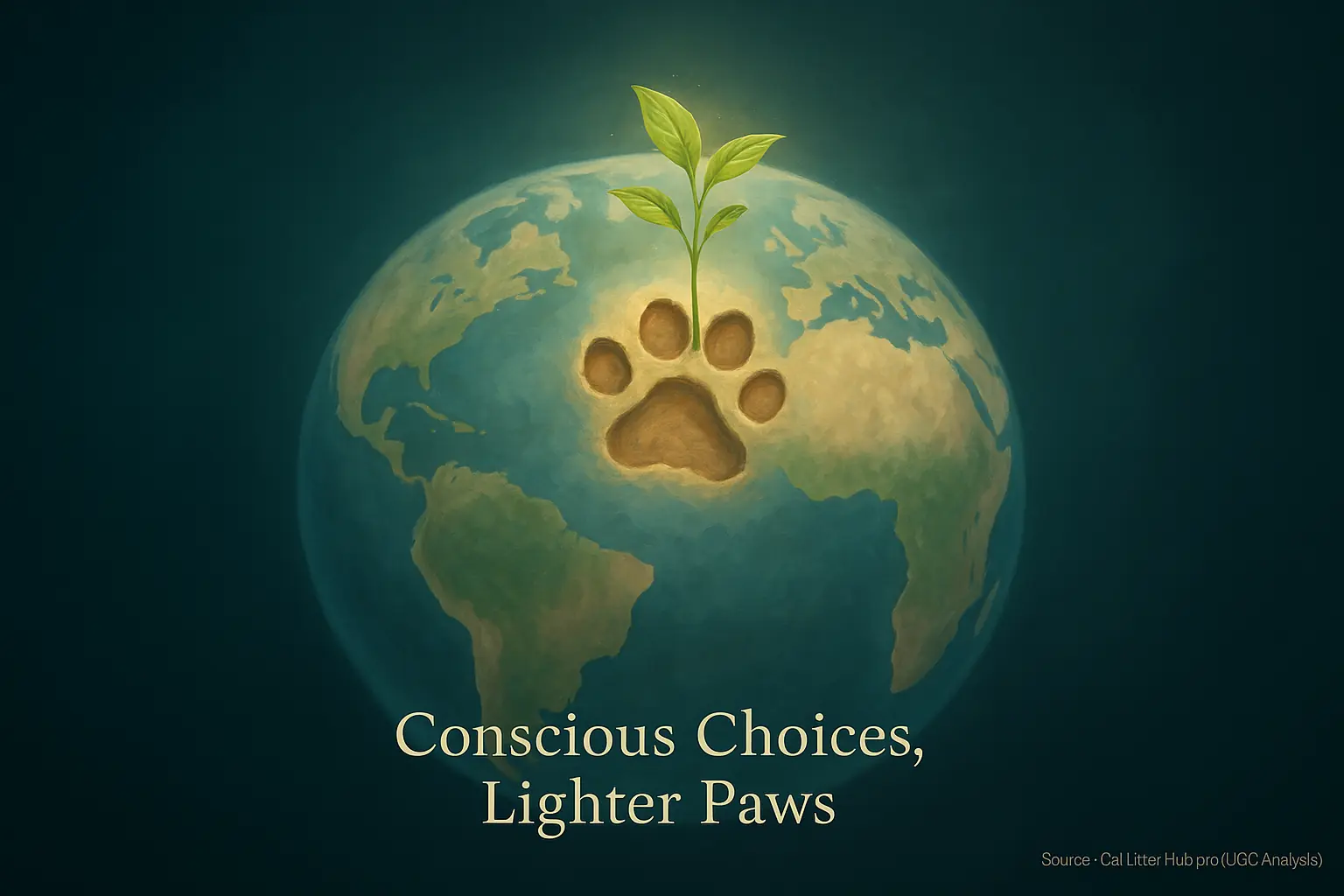
Many owners voice a familiar conflict. "My cat adores this clay litter, but the landfill guilt is intense. What's a responsible owner to do?" This dilemma highlights the environmental impact of cat litter. Performance, cost, and eco-friendliness often pull cat parents in different directions. A perfect solution remains elusive.
The uncomfortable truths are clear from community experiences. Clay and silica litters significantly contribute to landfill burdens. Some "biodegradable" claims on packaging cause user confusion, not real solutions. Flushing any cat litter, despite some marketing, risks serious plumbing and waterway damage; user warnings abound on this.
Yet, your informed choices wield considerable power. Small, consistent changes in litter selection and disposal methods lessen our collective "litter paw print". This shared responsibility points the way. Industry must innovate more sustainable options. We, as owners, must adopt more conscious practices. Understanding these trade-offs empowers each of us to make a positive difference, step by step.
Related Insight: Silica Gel Litter Disposal: Eco-Myth vs. Landfill Reality (UGC & Environmental Facts)
Silica gel litter promises a clean, modern solution for many. Yet, a big question lingers in user discussions: what is silica's real story after the bin? Many cat owners search for clear answers on its environmental fate.
The biodegradability of silica gel crystals sparks considerable debate among users. Is it an eco-friendlier choice, or does it face similar landfill challenges as other litters? Our upcoming analysis separates marketing claims from silica gel's actual landfill reality, based on extensive user feedback.

